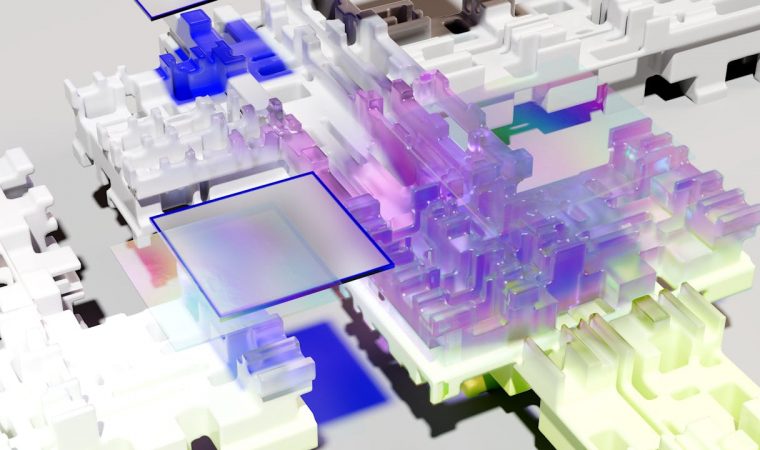Autodesk® Revit® has reformed how the architecture, engineering, and construction (AEC) industry approaches design. This Building Information Modeling (BIM) software has dissolved professional silos. Today, BIM permits each contributor to an AEC assignment to visualize and interact with the data underlying models conceived by architects, which were once isolated within Computer-Aided Design (CAD) programs.
The integrity of a house is only as good as its foundation, which is why CTC Software has developed specialized Revit add-ins targeting deficiencies in the platform’s capacity to yield and maintain quality design content.
AEC experts can preserve the integrity of Revit models by using extensions supplied by CTC Software’s BIM Suites for Revit in tandem with its design content management software, the Nexus Suite.
Foundational Revit Design Content: Elements and Families
In the language of Revit, Elements are the individual units of which a model is composed. We can comprehend a Revit prototype as a type of body. The primary elements that make up the human body are oxygen, carbon, hydrogen, and nitrogen. In Revit, the Elements of a model are its most basic, singular components. These Elements can be structural in nature (e.g., floors, ceilings, walls, roofs) or dependent on structural Elements (e.g., windows, doors, furniture, lighting fixtures).
Revit Families, on the other hand, denote assemblies of Elements, which work together as multi-component building blocks of a designer’s digitized blueprint. For the human body, chemical elements form both organs and organ systems. Similarly, Elements can be grouped to generate Revit Families involving more or less complex geometry, parameters, and functions.
Simplistic Families can be exemplified by a glass-paneled door, which only incorporates two Elements: the door and the window. But, a designer’s assembly of Elements may also embody byzantine systems, such as a Revit Family serving as a structure’s electrical circuitry.
A Revit Family for a customizable kitchen layout is another example of a multifaceted assembly; this Family consists of Elements–various types of cabinets, countertops, and appliances–that can be adjusted dimensionally and reconfigured.
Processing and Standardizing Revit Content with CTC Software Suites
Since Families are the fundamental content of any Revit project, CTC Software developed its BIM Manager Suite™ to diminish errors in creating these essential assemblies. This Suite additionally ensures the ongoing consistency of Families as Revit models are revised and assimilated. To this end, the Family Processor™ add-in is particularly beneficial. This tool employs automated batching to prepare and execute changes to Families.
Another product that accelerates Family processing without sacrificing accuracy is the BIM Batch Suite™. The Revit extensions within this CTC Software collection, such as the Family Loader™, harness the technological power of automation, so designers can handle Families with contemporary ease.
Project contributors have further control over the coherence of Revit designs with the Nexus Suite. Nexus has the ability to set standards for design content and enforce best practices. With Ally, a Nexus instrument, an organization can limit designers’ actions within Revit, guaranteeing that updated content is being used and that Revit models are being molded in compliance with established rulesets.
CTC Software Tools Safeguard the Essence of Every Revit Model
Revit models are constructed from Elements and Families. Architects cannot devise their dream structures in Revit without that content. However, Revit users should not proceed without well-founded and properly audited design content throughout the model’s lifecycle. Blueprints are meant to leave Revit and become stable apartment complexes, government offices, and memorials.
Revit models can become these grand realities by implementing CTC Software’s Revit add-ins, which aid in the efficient and precise creation of essential design content and its lasting consonance.




